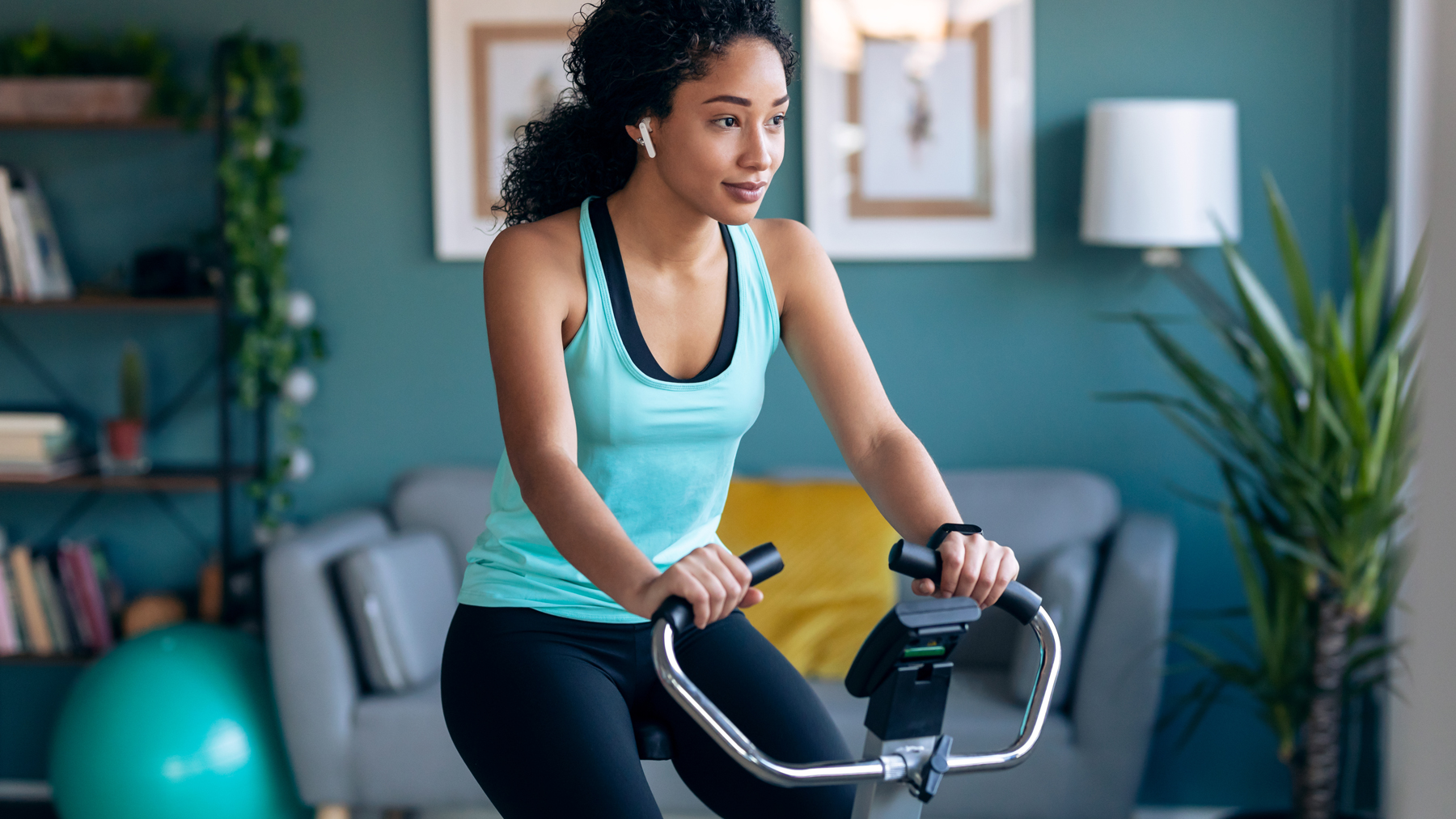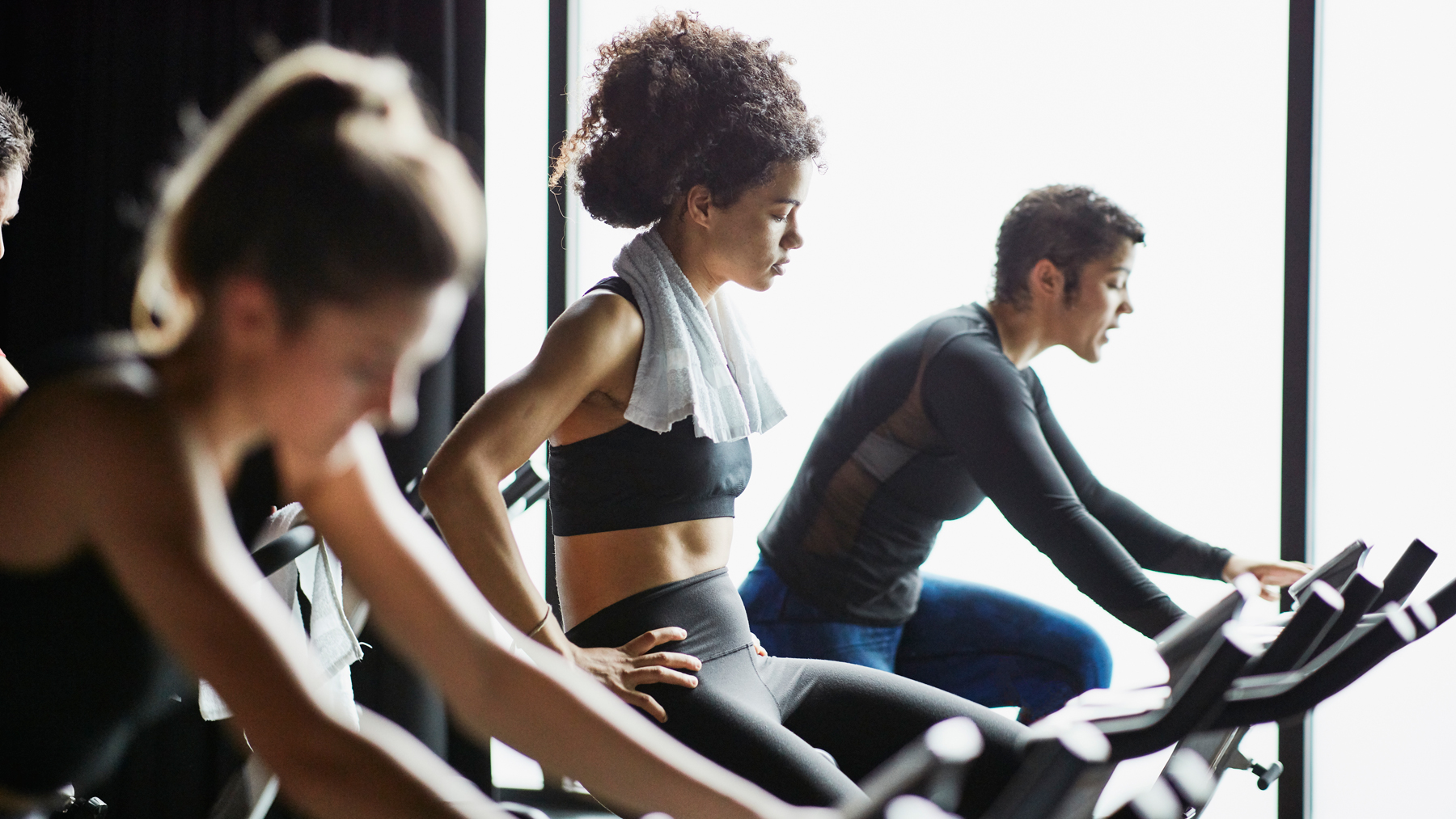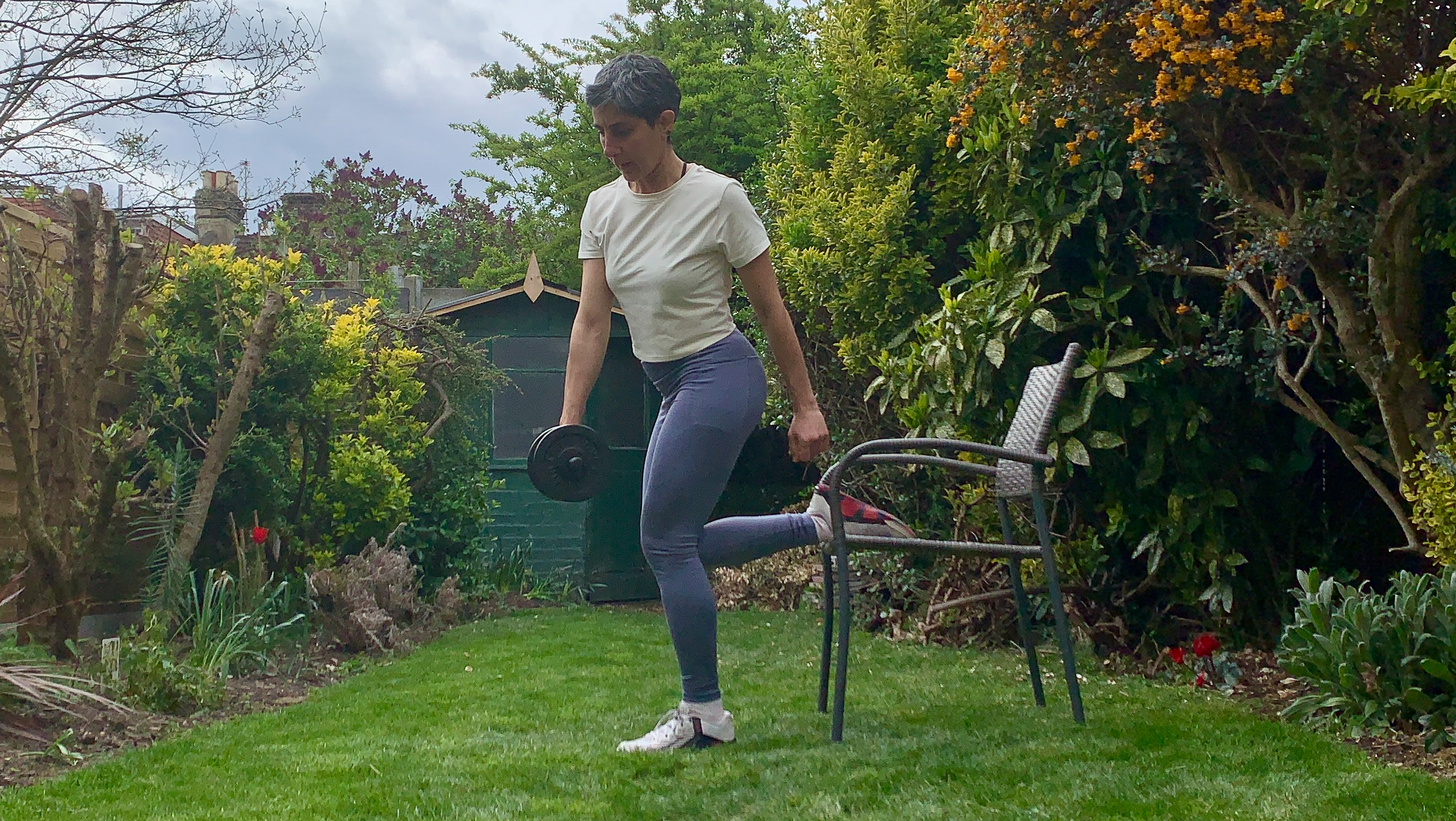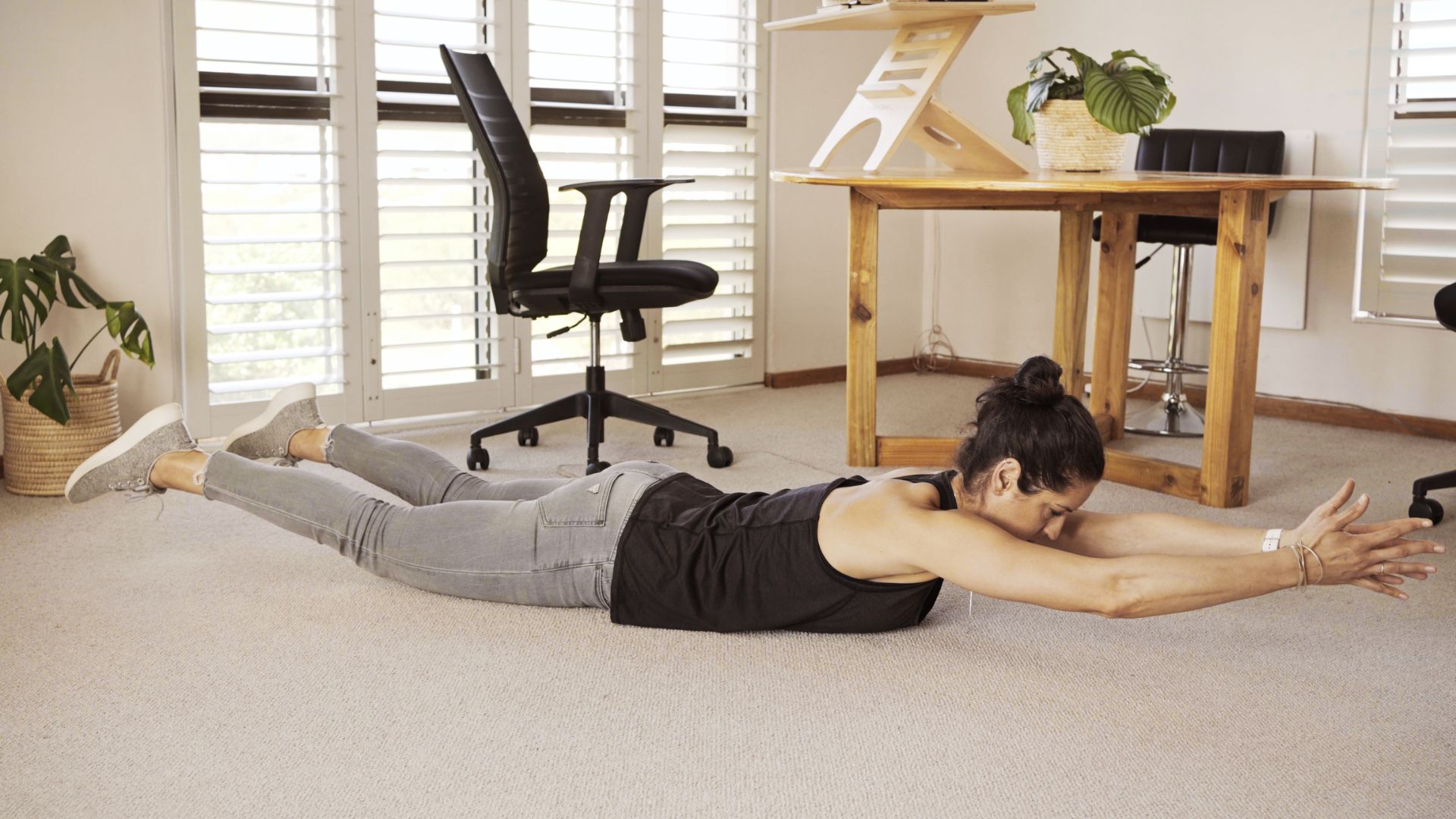Exercise bikes may not be the best choice for women's pelvic floors, study finds
Indoor cycling workouts are great for improving your overall fitness but they could also be taking a toll on your pelvic floor


Exercise bikes provide a great form of indoor workout that helps to tone and strengthen the lower body, promotes weight loss, and boosts cardiovascular health. But they could also be putting the health of your pelvic floor at risk, which can lead to bigger issues.
Who wouldn't enjoy the convenience of being able to work out from home on their best exercise bike? They're a great addition to any home gym, but they don't come with a real-life experienced spin instructor to let you know if you are sat on it right to protect your body and health.
Unfortunately, indoor cycling can have a negative impact on a woman's pelvic floor. One research paper found that handlebars positioned lower than the saddle increased saddle pressure, while sensation was decreased in critical pelvic floor structures.
Intimate Health Expert Stephanie Taylor at Kegel8 stated, "Women who ride with a low handlebar can experience greater pelvic tilt, causing their pelvic floor muscles to tighten."
"If the pelvic floor muscles become too tight, your nerves and arteries can become compressed, causing the muscles that surround them to contract and not relax properly. An overactive pelvic floor can lead to pelvic pain and increase the frequency of urinary tract infections (UTIs)."

A study conducted by Loyola University Health System also found that across 300 female triathletes, one third of the group experienced pelvic floor disorders in the form of urinary incontinence, bowel incontinence, or pelvic organ prolapse.
Of course, this shouldn't prevent women from enjoying exercise on a bike, whether that's indoor or outdoors, but it might help to seek expert advice on what position of handlebar and seat will have less impact on your pelvic tilt.
Get the Fit&Well Newsletter
Start your week with achievable workout ideas, health tips and wellbeing advice in your inbox.
Taylor said that if you're really committed to your indoor bike but are worried you may be causing pain in your pelvic floor or could be experiencing urinary incontinence, you should look into changing the type of seat you ride on. She added, "Changing your seat to one with a cut-out in the middle may help ease some pressure."
It won't hurt to vary your exercise regime either. Try swapping a few of your cycling sessions for a run. You can either do this indoors on one of the best treadmill entries in our list, or you can step outside for a run. Some of the best running shoes for women are designed for pure comfort when exercising, helping you to avoid any joint pain.
You will also benefit from adding some kegel exercises to your fitness routine. Pelvic floor exercise can help protect your health as you age and we have shared how you can practice these at home. Performing these regularly can strengthen your pelvic floor, aid urinary incontinence, and improve sex.
Jessica is an experienced fitness writer with a passion for running. Her career in journalism began in local news and she holds a Masters in journalism. Jessica has previously written for Runners World, penning news and features on fitness, sportswear and nutrition.
When she isn't writing up news and features for Fit&Well covering topics ranging from muscle building, to yoga, to female health and so on, she will be outdoors somewhere, testing out the latest fitness equipment and accessories to help others find top products for their own fitness journeys. Her testing pairs up nicely with her love for running. She recently branched out to running 10Ks and is trying to improve her time before moving on to larger races. Jessica also enjoys building on her strength in the gym and is a believer in health and wellness beginning in the kitchen. She shares all of this on her running Instagram account @jessrunshere which she uses for accountability and for connecting with like-minded fitness lovers.
-
 I swapped my usual core routine for this dumbbell workout—here’s why you should try it too
I swapped my usual core routine for this dumbbell workout—here’s why you should try it tooPick up some dumbbells and try my favorite deep core exercises
By Yanar Alkayat
-
 You don't need any equipment to improve your posture—just these three back-strengthening moves
You don't need any equipment to improve your posture—just these three back-strengthening movesThese three exercises will strengthen key back muscles
By Jennifer Rizzuto